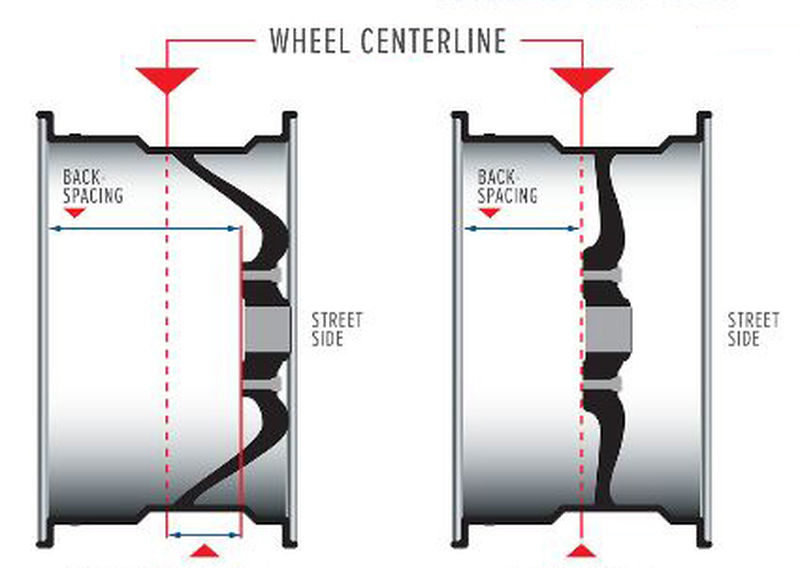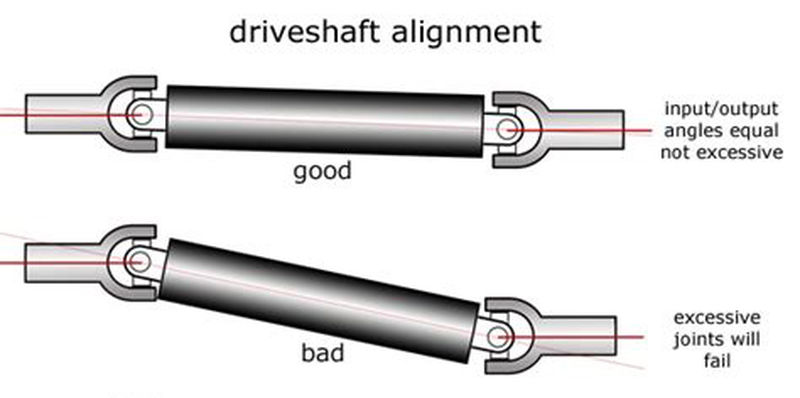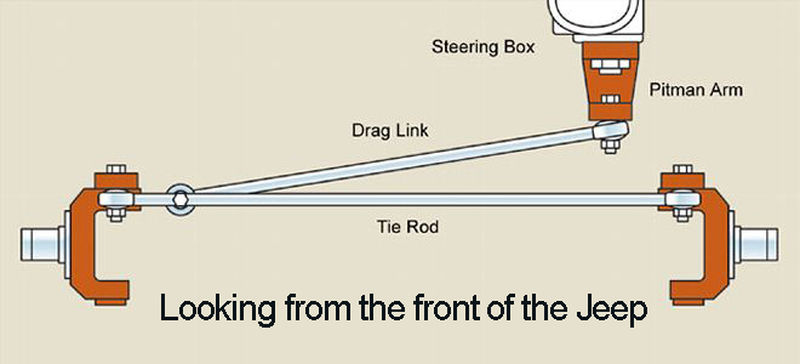Though this Article is written for Wrangler Jeeps, the general points mentioned could apply to any vehicle intending to be used off-road.
Many new Jeep owners really don’t know very much about Jeeps. They see nice looking modified Jeeps on the road and think, “I want bigger tires too!” There is one major thing every Jeep owner with a catalog in their hands must absolutely understand. That is, the Jeep was designed and delivered by the dealer as a reliable ‘system’. Every component was designed to be right for its purpose on that vehicle. Since the auto makers main goal is to make money, those components are usually the minimum necessary to be perfectly reliable when the sales person hands you the keys. This ‘build level’ is fine for the masses and will last years if properly maintained, just like any car.
The rub comes when you want to make some changes, such as the seemingly easy thought of, “I want bigger tires.” Let me explain the domino effect of how the idea of bigger tires effects this ‘system’.
TIRES: Usually the first thing a new Jeep owner thinks is, “I want 33 inch tires like that Jeep, it looks great!” $$$$
WHEELS: Larger diameter tires are also wider, needing a wider wheel. Larger diameter tires also swing inward further when steering and usually hit things, like the frame or suspension parts. You now need new wheels that are both wide enough to mount the tire and also hold the tire out from the Jeep further. This wheel ‘further out’ dimension is called ‘backspace’. Less backspace holds the tire out further. The image below shows a stock wheel on the left and a better large tire choice wheel on the right. $$$

LIFT: Even if your new tires and wheels do not touch the body in the driveway, you need to make vertical room for the axle to be able to flex. You need a ‘suspension lift’, basically new springs to hold the Jeep body and frame higher above the axles and tires. Besides proper tire clearance to the body, a suspension lift provides much better off-road clearance for the bumpers and the Jeep’s center under belly. $$$$
GEARS: OK, so you just raised your Jeep and added relatively large tires. All the clearance issues are addressed, but we’re far from done. Larger tires will rotate less per mile of roadway than stock tires. This means your speedometer is now off, as well as your motor not being as happy at lower RPMs. The size of the original drive gear ratios inside the axles were selected to make a stock Jeep speedometer accurate and the motor happy at any speed. To correct both of these issues, you need to swap the differential gears inside the axle. This is usually not cheap or easy, but it is necessary to make a nice reliable stable driving Jeep. $$$$
BRAKES: The brakes themselves are usually not a problem, but being on the axles, they too are now further away from the frame. It's best to replace the lines going to the front brakes on each side with ones a few inches longer. The rear brakes usually are less of a problem and just relocating the single rear line is enough.
DRIVE SHAFTS: The motor and transmission output goes into the 4wd/2wd transfer case under the center of the Jeep. From the transfer case, two drive shafts pass the power to the front and rear axles. The lift we added put those axles further downward from the frame. This means the angles of the drive shaft are greater than designed (more zig-zag in side view), which will cause them to wear faster. This drive shaft angle problem is near certain on the short rear drive shaft of a 2 door Jeep. It is worth looking at for a 4 door Jeep if you selected a somewhat tall lift. There are a few ways to help with this angle problem, but all mean you likely need a new drive shaft in the rear [and a slip yoke eliminator (SYE), but I'll let you look that one up for homework]. $$$

STEERING: Jeep steering consists of two main components, a Drag Link and a Tie Rod. A ‘drag link’ has one end on the steering box's pitman arm, which is bolted to the frame, and the other end connected to the passenger wheel to steer it, on that again now further away axle. The ‘tie rod’ is all on the axle and connects the left and right front wheel together. Steering the passenger side tire (via the drag link) then also steers the driver side. Like the stock drive shafts being at a bad angle due to the lift, so is the drag link. At a minimum, you will likely have to adjust the drag link length to recenter the steering wheel. A common way to address drag link angle is with a 'dropped pitman arm'. $$

COMPONENT STRENGTH: All of the above assumes a mild increase in tire size, not to say 37" tires. When you start pushing that envelope, and consider adding lockers and more serious off-road ability, the original 'cost effective' parts of the old OEM 'system' are no longer adequate. To learn how and when to replace major components such as a whole axle assembly, ask your NM4W club mates.
CONCLUSION: As you can see, it’s hard to do just part of this then wait a year for the wallet to recover to do the rest. Knock over the ‘I want bigger tires!” domino, and the rest must also fall somewhat quickly. And you thought buying the Jeep was the expensive part. This is also all unrelated to other off-road prep of winches, skid plates, rocker guards, tow hooks, straps, tools, and maybe spare parts. Just Empty Every Pocket.



